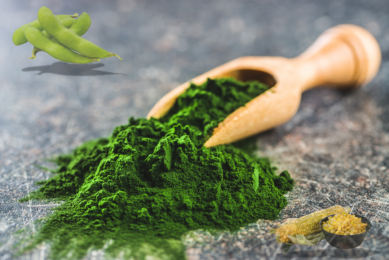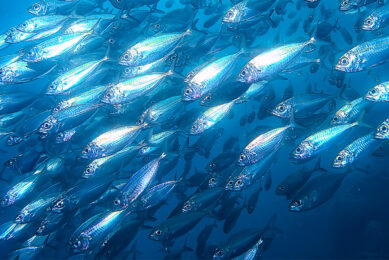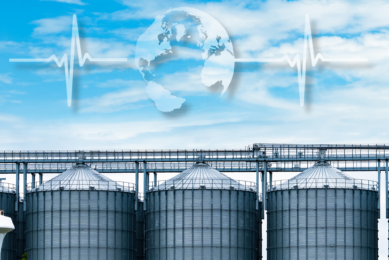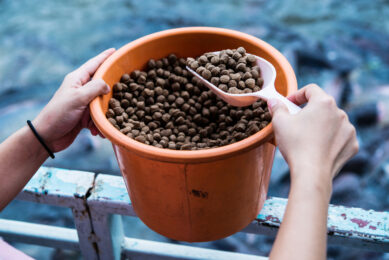Aquaculture growth mainly driven by crustaceans
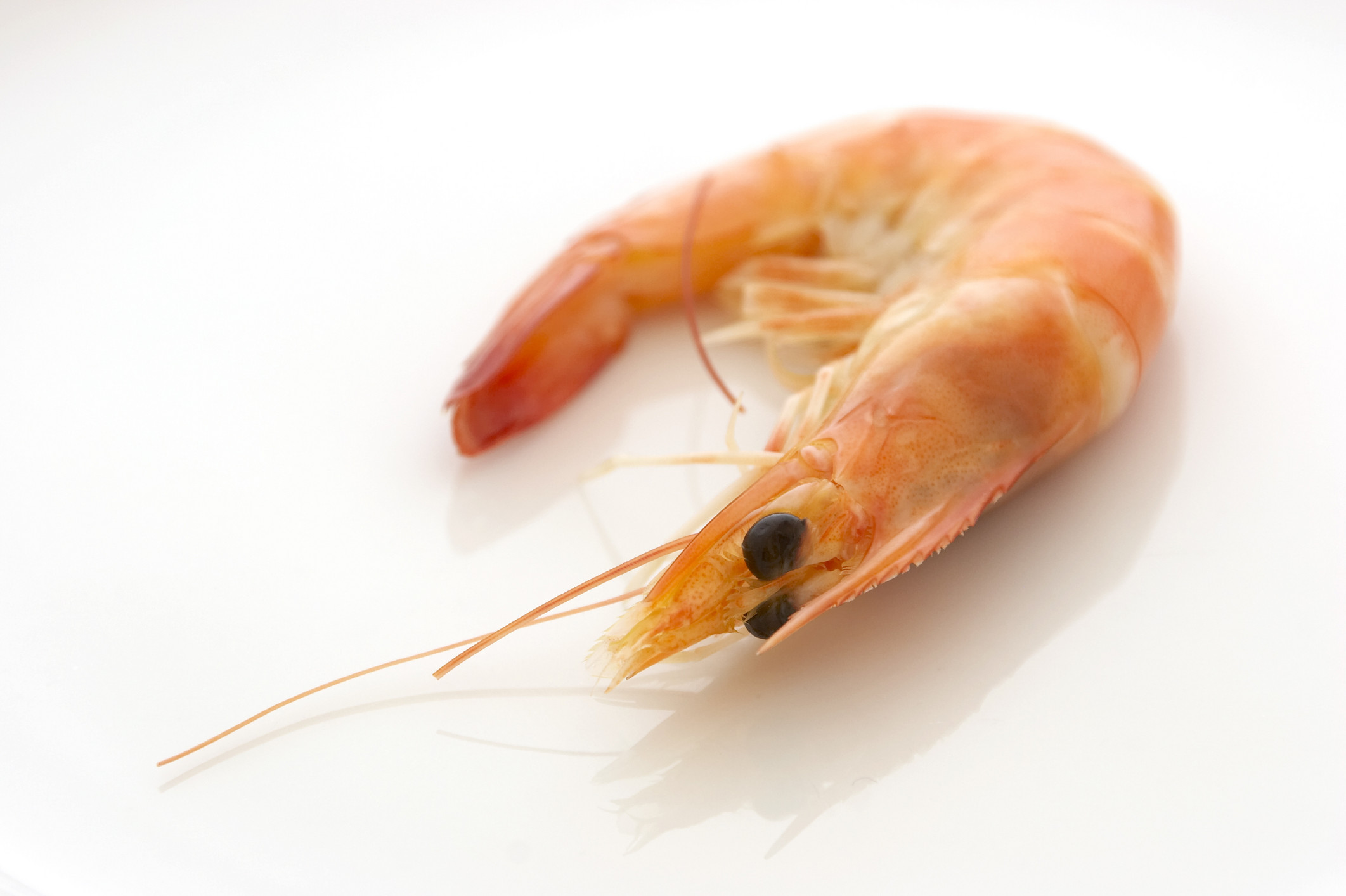
From 2010 to 2016, the aquaculture industry increased its value by ?US$?100 billion, reaching $?232 billion. This is according to Rabobank, and based on FAO statistics.
Switching to more technology-driven and efficient intensive farming technologies has enabled fish farmers to increase production in the last few years.
Growth in India, Ecuador and Vietnam
From 2010 to 2016, crustaceans enjoyed the highest growth rates in value terms. Their production increased by $ 26.5 billion, representing 28% of the total aquaculture value growth. The production value of shrimp grew by a CAGR of 10%, mainly a result of the increasing volume of shrimp production in India, Ecuador, and Vietnam. The higher supply and demand for red swamp crayfish, which Chinese consumers have started to favour in recent years, led to ‘other crustaceans’ increasing in value by 13% for the same period.
Salmon leads the way
Among the premium marine-farmed species, salmonid farming leads the way and has increased in value by a CAGR of 10%. In general, supply has expanded, but we have seen some volatilities, mostly due to biological challenges. This occasional supply shortage kept the prices and value of salmon farming high. Only in 2015, the sector experienced a negative value growth due to the Russian embargo for Norwegian and Scottish salmon, accompanied by good supply coming from Chile. Marine fish has only shown a slight value increase in the last 6 years. The production of seabass and seabream has been stable for the last couple of years, due to the issues in the largest producer, Greece, while seabass production has grown in Turkey. However, with the current consolidation in Greece, there is long-term potential for the growth of the seabass and seabream sector.
Modernisation and professionalisation
Improved genetics, new husbandry technologies, and innovations in aquafeed will be the 3 key factors determining aquaculture’s future. Further long-term growth in the sector can only be achieved through modernisation and professionalisation, while maintaining a strong respect for the environment and local communities.
Source:
Rabobank




